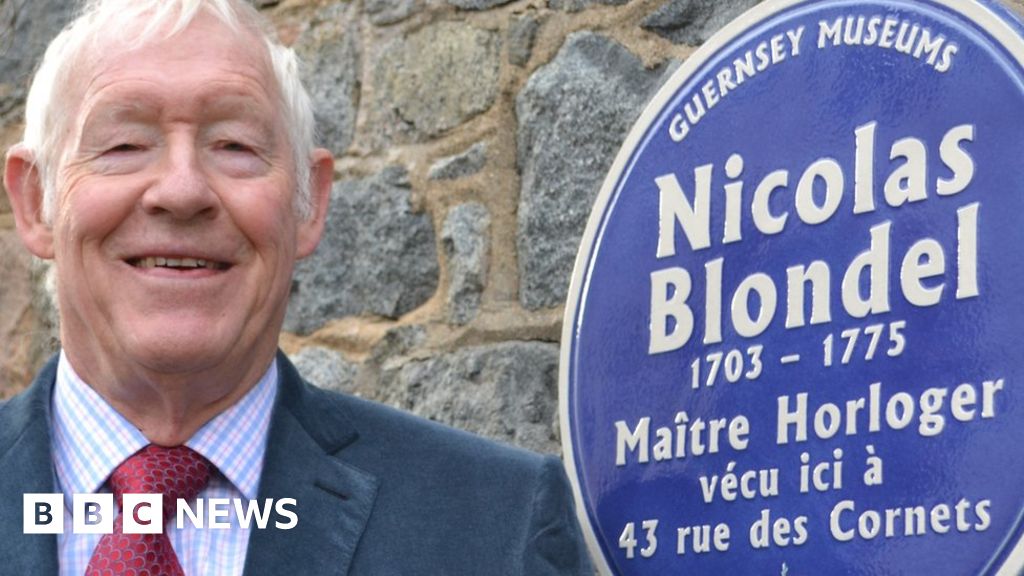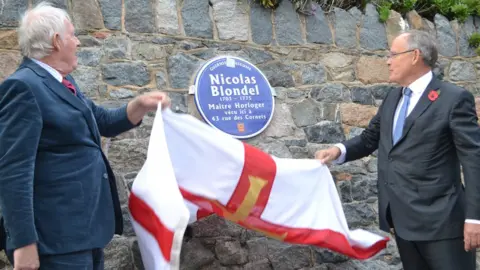 BBC
BBCA blue plaque for a pioneering clockmaker has been unveiled outside his former Guernsey home.
Nicolas Blondel made around 300 timepieces, including possibly the first to calculate Easter after the switch to the Gregorian calendar.
Born in Guernsey in 1703, Mr Blondel was the first professional clockmaker in the Channel Islands.
The island’s Bailiff unveiled the plaque at the site of his former St Peter Port home on Thursday.
The clockmaker has become the ninth recipient of the island honour, reserved for Guernsey-born people who have made an “important contribution” to the island and wider world.
Sir Richard Collas, who sits on the panel which approves blue plaque applications, said Mr Blondel was a “genius”.
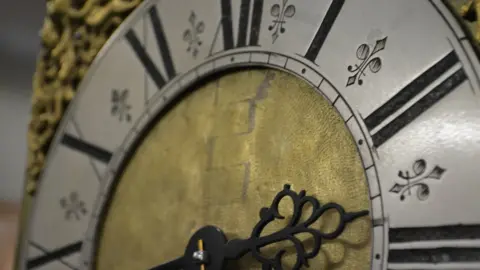

“Clearly we’ve recognised him because he is so distinguished, he was a genius within in his field,” Sir Richard said.
“Guernsey had some outstanding craftsmen and craftswomen, and always have had,” he added.
Mr Blondel was taught his craft by Jean Poppelston, according to an account of his life by Guernsey Museums.
His clocks were unusual due to their variety, with most also being numbered and dated.
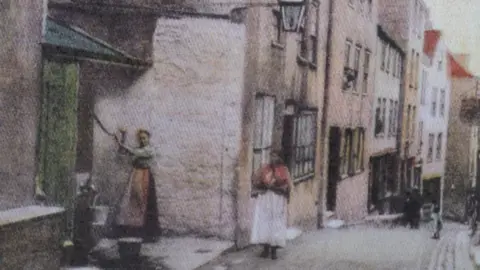 Geoff Dorey
Geoff Dorey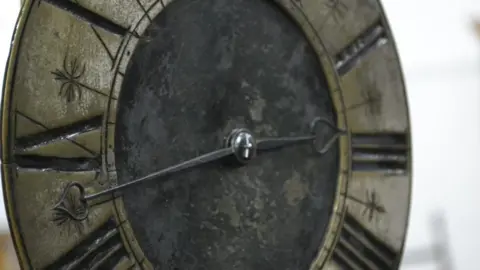
One 1762 model allowed its owner to calculate the date of Easter, a feature unknown in other other 18th or 19th Century clocks, Guernsey Museums added.
“Far from any seat of learning, it is a fabulous achievement,” Geoff Dorey, who submitted the blue plaque application, said.


